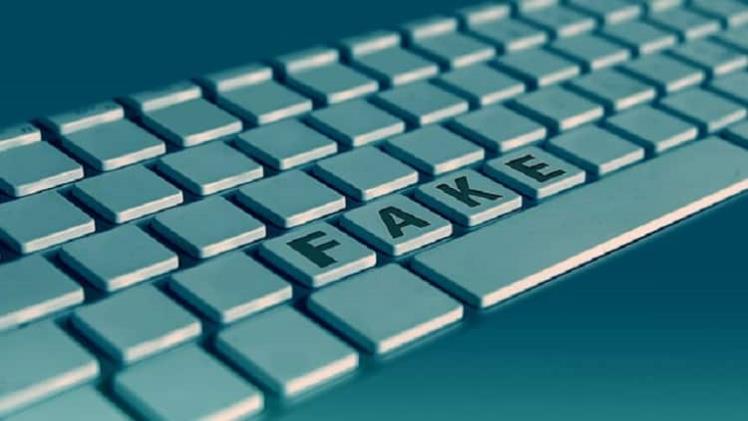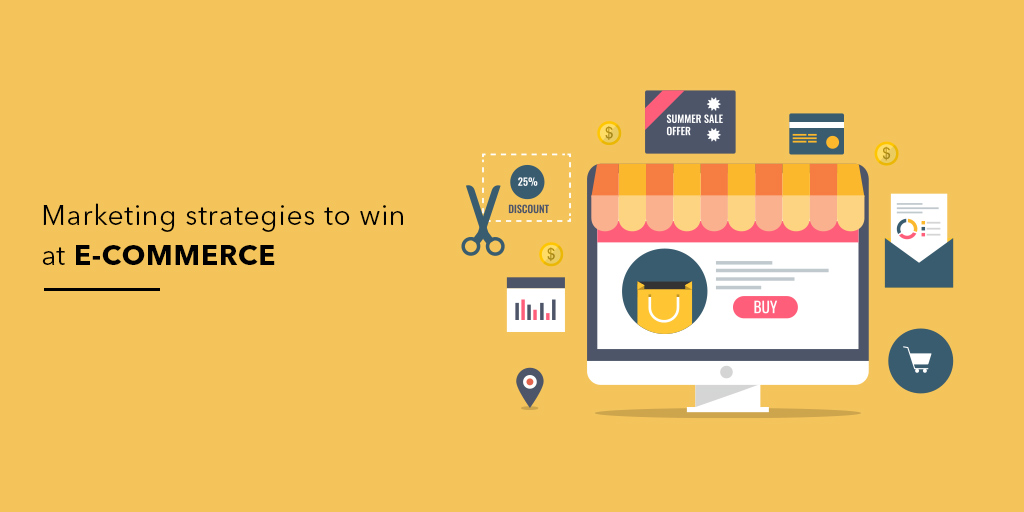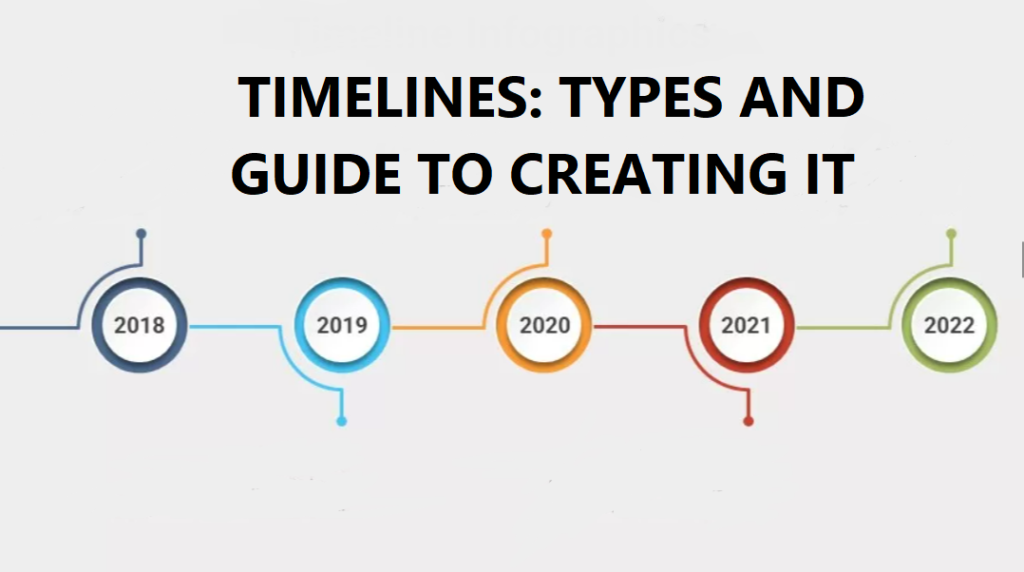Counterfeiting has become a major concern for businesses across the world. The sale of fake products not only harms legitimate businesses but also puts the safety and well-being of consumers at risk. Therefore, anti-counterfeiting, brand protection, and product authentication are becoming increasingly important. Let’s discover the latest trends that can help to protect a business from the negative impact of counterfeiting.
Digital Authentication
There are so many product authentication solutions that offer digital authentications. The use of digital authentication methods has become a popular trend in the fight against counterfeiting. With the advancement in technology, digital authentication methods such as QR codes, RFID tags, and holograms can be used to authenticate products. Consumers can use a smartphone to scan QR codes, receive access to product information and enable consumers to verify product authenticity. RFID tags, for instance, are popular pharma track and trace solutions because they can be embedded into products to enable real-time tracking and authentication, and holograms can be used to prevent the replication of product packaging.
Blockchain Technology
Blockchain technology is a revolutionary solution to the problem of counterfeiting. The use of blockchain technology in product traceability can enable secure and tamper-proof product tracking throughout the supply chain. Each transaction is recorded on a decentralized ledger, which makes it nearly impossible for counterfeit products to enter the supply chain. This technology provides end-to-end transparency, and consumers can verify the authenticity of products by scanning a QR code or using an app.
Artificial Intelligence
Artificial intelligence (AI) is a new ally in the fight against counterfeiting. AI can be used to analyze and detect patterns in the supply chain, helping to identify counterfeit products. It can also be used to authenticate products by analyzing product images and detecting any discrepancies or irregularities. AI can also be used to monitor online marketplaces and detect fraudulent listings.
DNA Marking
DNA marking is an emerging trend in product authentication. This involves the use of unique DNA markers that can be embedded into products, making it impossible for counterfeiters to replicate. These markers can be extracted from the product and analyzed, enabling the authentication of the product. DNA marking can be used for a wide range of products, including pharmaceuticals, electronics, and luxury goods.
Augmented Reality
Augmented reality (AR) has become a popular trend in brand protection. AR can be used to create interactive experiences that enable consumers to verify the authenticity of products. For example, a consumer can use an AR app to scan a product and access additional information about the product, including its origin and manufacturing process. AR can also be used to create immersive experiences that help consumers understand the value of genuine products and the risks associated with counterfeit products.
Collaboration
Collaboration is an important trend in the fight against counterfeiting. The problem of counterfeiting cannot be solved by a single company or organization. Therefore, companies are collaborating to share information and resources and to develop new solutions to combat counterfeiting. Collaboration can help to create a more secure supply chain and prevent counterfeit products from entering the market.
Consumer Education
Consumer education is an essential trend in the fight against counterfeiting. Consumers need to be educated about the risks associated with counterfeit products and the importance of purchasing genuine products. Companies can educate consumers through various channels, including social media, websites, and in-store displays. Educating consumers can help to create a more informed and responsible consumer base, which can help to reduce the demand for counterfeit products.





